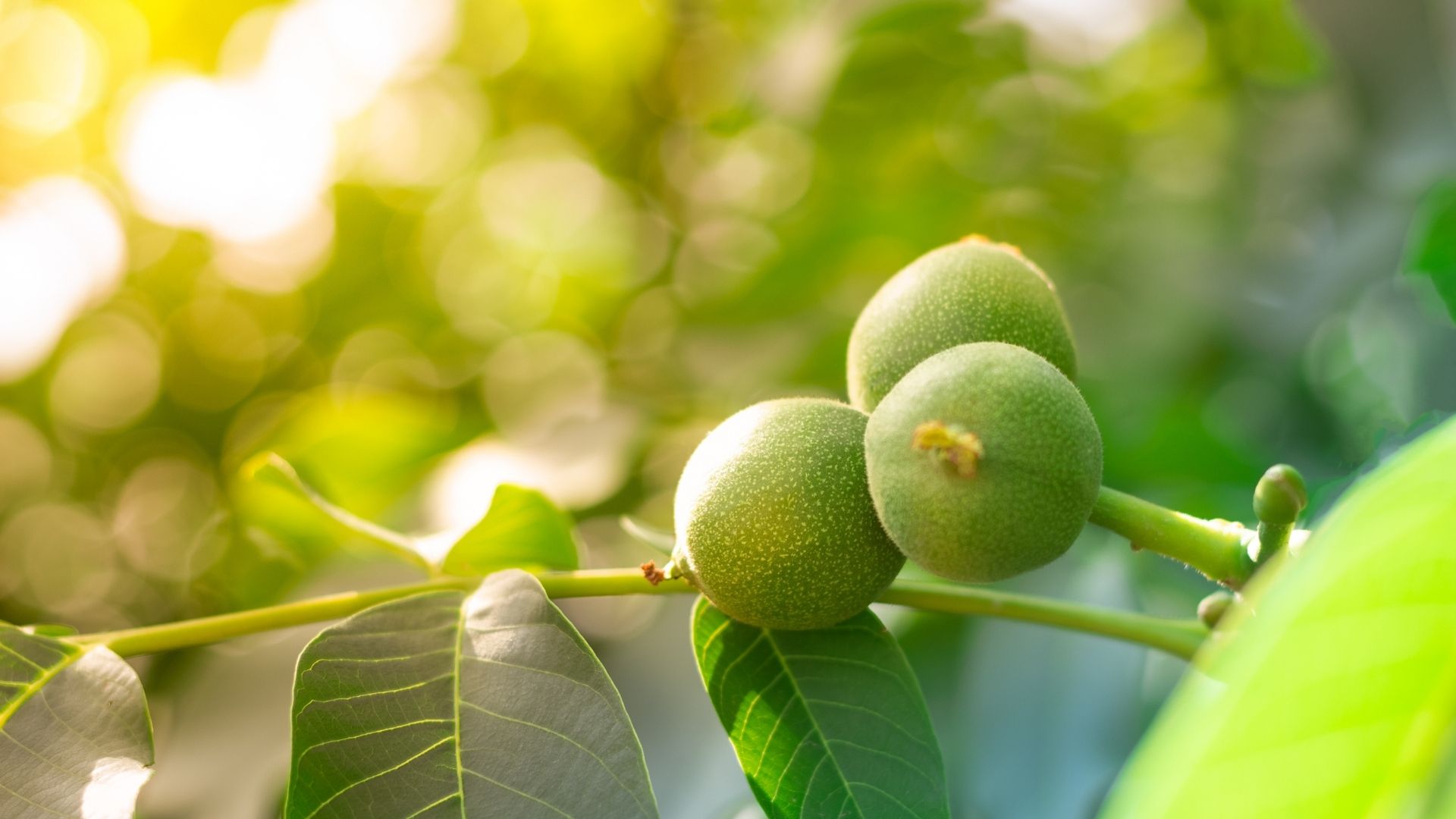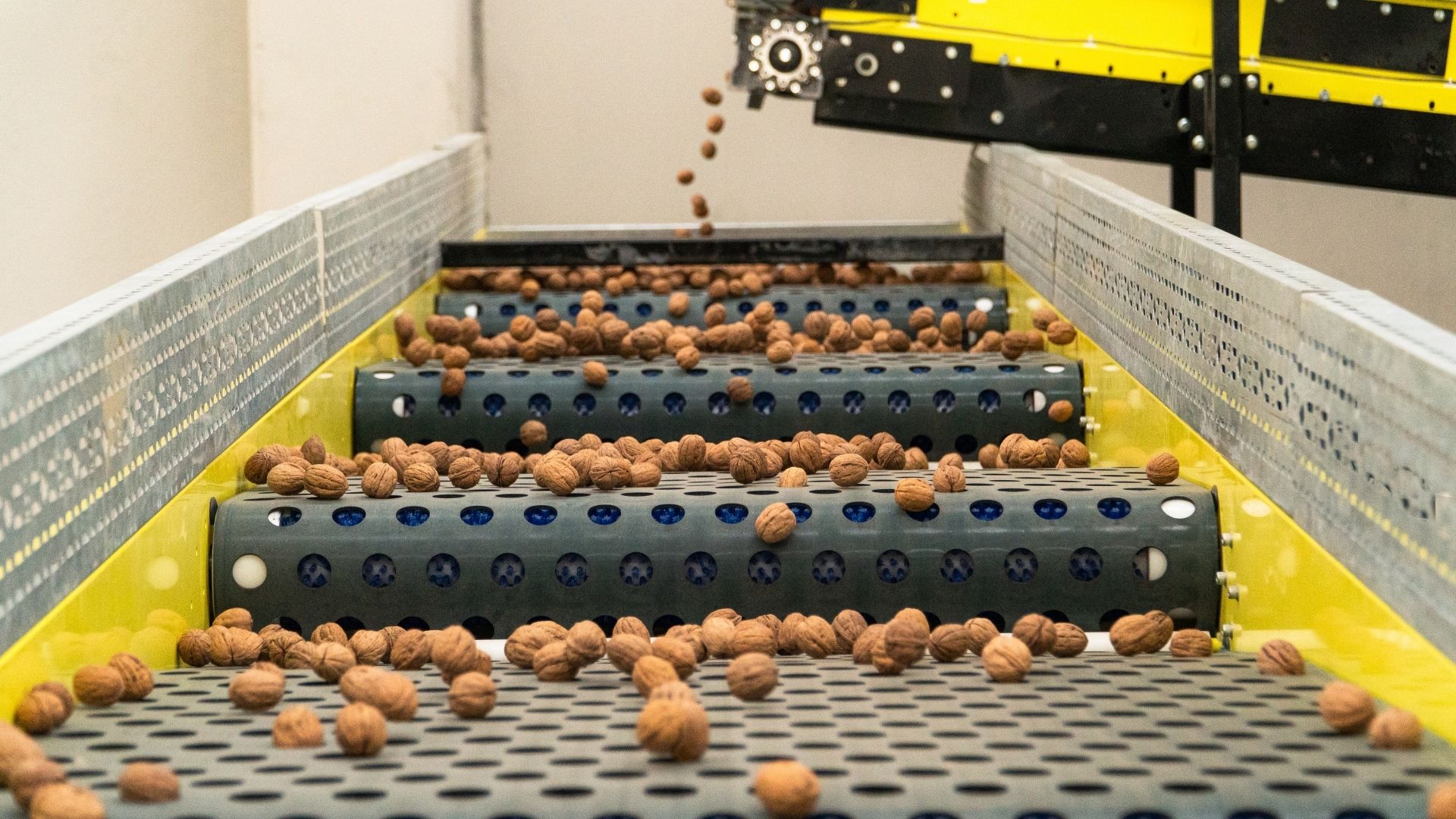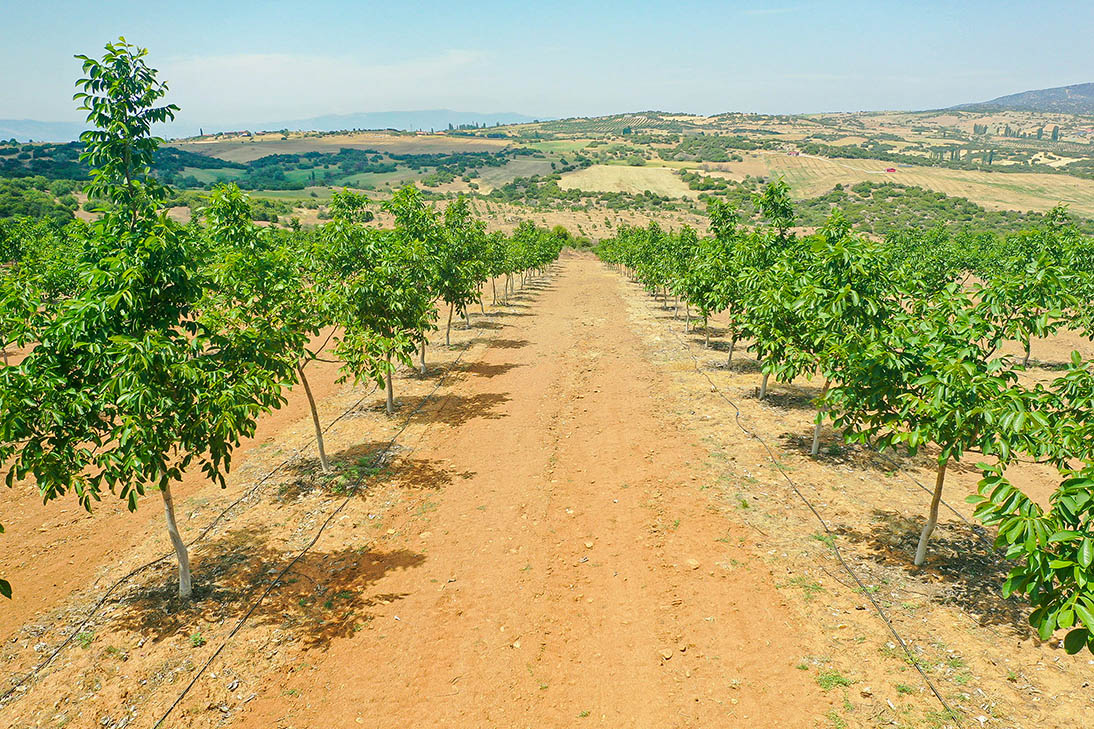
A Guide to the Best Types of Walnuts
Walnuts are among the most popular nuts globally, valued for their rich flavor and numerous health benefits. They are packed with essential nutrients like omega-3 fatty acids, antioxidants, and vitamins, making them a valuable part of a healthy lifestyle. Due to their high demand in various industries, walnuts are also a lucrative crop for agricultural investors. Understanding the different types of walnuts available can help investors make informed decisions about which varieties to cultivate for optimal profitability. In this guide, we’ll explore some of the most common types of walnuts and their distinctive qualities.
Common Types of Walnuts
1. English Walnuts (Juglans regia)
Overview: English walnuts, or Persian walnuts, are the most common type of walnut consumed worldwide. Their flavor is mild and buttery, and their thin shells are easy to crack.
Appearance: The nuts are large and oval-shaped, with a light brown color. The shell is thin and can be easily cracked with a nutcracker.
Nutritional Profile: English walnuts are rich in omega-3 fatty acids, antioxidants, and vitamin E. They are packed with high amounts of protein and fiber.
Uses: English walnuts are often eaten raw as a snack, widely used in cooking, and as a topping for salads.
2. Black Walnuts (Juglans nigra)
Overview: Black walnuts are native to North America and have a bold, earthy flavor stronger than English walnuts. They’re recognized for their deep, nuanced flavor.
Appearance: Black walnuts are smaller and rounder than English walnuts and have a thick, deeply grooved shell that is difficult to crack.
Nutritional Profile: Black walnuts are high in protein, fiber, and omega-3 fatty acids. Black walnuts have a high concentration of manganese, copper, and other essential nutrients.
Uses: Black walnuts are most often used in baking, especially in recipes that call for a rich, nutty flavor. They can also be eaten raw or added to salads and other dishes.
3. White Walnuts (Juglans cinerea)
Overview: White walnuts, also known as butternuts, are native to eastern North America. They have a mild, sweet flavor that is similar to English walnuts.
Appearance: White walnuts are small and round, with a thick, deeply grooved shell that is hard to crack.
Nutritional Profile: White walnuts are rich in protein, fiber, and omega-3 fatty acids. White walnuts also contain vitamin E, magnesium, and other essential nutrients.
Uses: White walnuts are widely used in baking, particularly in recipes that call for a mild, sweet flavor. They are eaten raw and common ingredients in desserts.
4. Heartnuts (Juglans ailanthifolia)
Overview: Heartnuts are a type of walnut that is native to Japan and Korea. They have a mild, buttery flavor and a unique heart-shaped nutmeat.
Appearance: Heartnuts are large and heart-shaped, with a thin shell that is easy to crack.
Nutritional Profile: Heartnuts are high in protein, fiber, and omega-3 fatty acids. They also contain vitamin E, potassium, and other essential nutrients.
Uses: Heartnuts are often eaten raw as a snack or used in baking, cooking, and as a topping for salads and desserts.
5. Butterfly Walnut (Manisa Walnut)
Overview: The Butterfly walnut, native to Turkey’s Manisa region, has been cultivated for centuries. When cracked open, its distinct butterfly shape is revealed. Renowned for its rich, buttery taste and crisp texture, it’s sweeter and milder than other types, making it popular for snacking and culinary purposes. Highly prized for its unique flavor and appearance, it commands a premium in domestic and international markets.
Appearance: Butterfly walnuts are characterized by their large size and distinctively shaped shells. The shells are smooth and easy to crack, revealing two halves resembling a butterfly’s wings.
Nutritional Profile: Like other walnuts, butterfly walnuts are full of nutrients like omega-3 fatty acids, antioxidants, and vitamins. Butterfly walnuts offer various health benefits, including improved heart health, brain function, and reduced inflammation.
Uses: Butterfly walnuts are used in various culinary applications, including baking, cooking, and snacking. They are often eaten on their own or used as an ingredient in dishes such as salads, pastries, and desserts.

Factors to Consider for Agricultural Investors
Climate and Soil Requirements
Different walnut varieties have varying climate and soil requirements. Understanding the environmental conditions suitable for each type can help investors select the right variety for their location.
Market Demand
Consider the market demand for different walnut varieties in your target region. Depending on consumer preferences and culinary uses, some varieties may be more popular or fetch higher prices in specific markets.
Yield and Nut Quality
Evaluate each walnut variety’s expected yield and nut quality. Factors such as nut size, shell thickness, and flavor can impact the crop’s marketability and profitability.
Disease Resistance
Some walnut varieties are more resistant to common walnut diseases and pests. Investing in disease-resistant varieties can reduce crop loss and chemical interventions.
Cultivation and Harvesting Practices
Each walnut variety may require specific cultivation and harvesting practices. Consider each type’s labor and equipment requirements to ensure efficient operations and maximum yield.

Invest4Land are Walnut Experts
Investing in the best types of walnuts demands extensive information and experience to operate efficiently. Partnering with a reputable professional, such as Invest4Land, provides various advantages. Invest4Land’s specialization in agricultural real estate and walnut cultivation ensures investors make informed decisions, reduce risks, and optimize rewards.
Our experienced agricultural team administers the farmland effectively, using the best methods to produce maximum walnut yields. Furthermore, Invest4Land’s global operating knowledge and decades of experience in agriculture investing provide a dependable and effortless investment experience. Working with Invest4Land allows investors to take advantage of distinctive prospects to enjoy long-term success in walnut farming.
The Best Types of Walnuts are Profitable Ones!
Walnuts are a versatile and profitable crop for agricultural investors. Various types of walnuts are available to suit different climates and market demands. Invest4Land’s knowledge of agricultural real estate and walnut cultivation allows us to help investors make sound decisions that maximize the potential returns from investing in walnuts. If you share our enthusiasm for walnuts and are interested in investing in this profitable crop, please contact our team to learn more about the exciting options available through Invest4Land.



